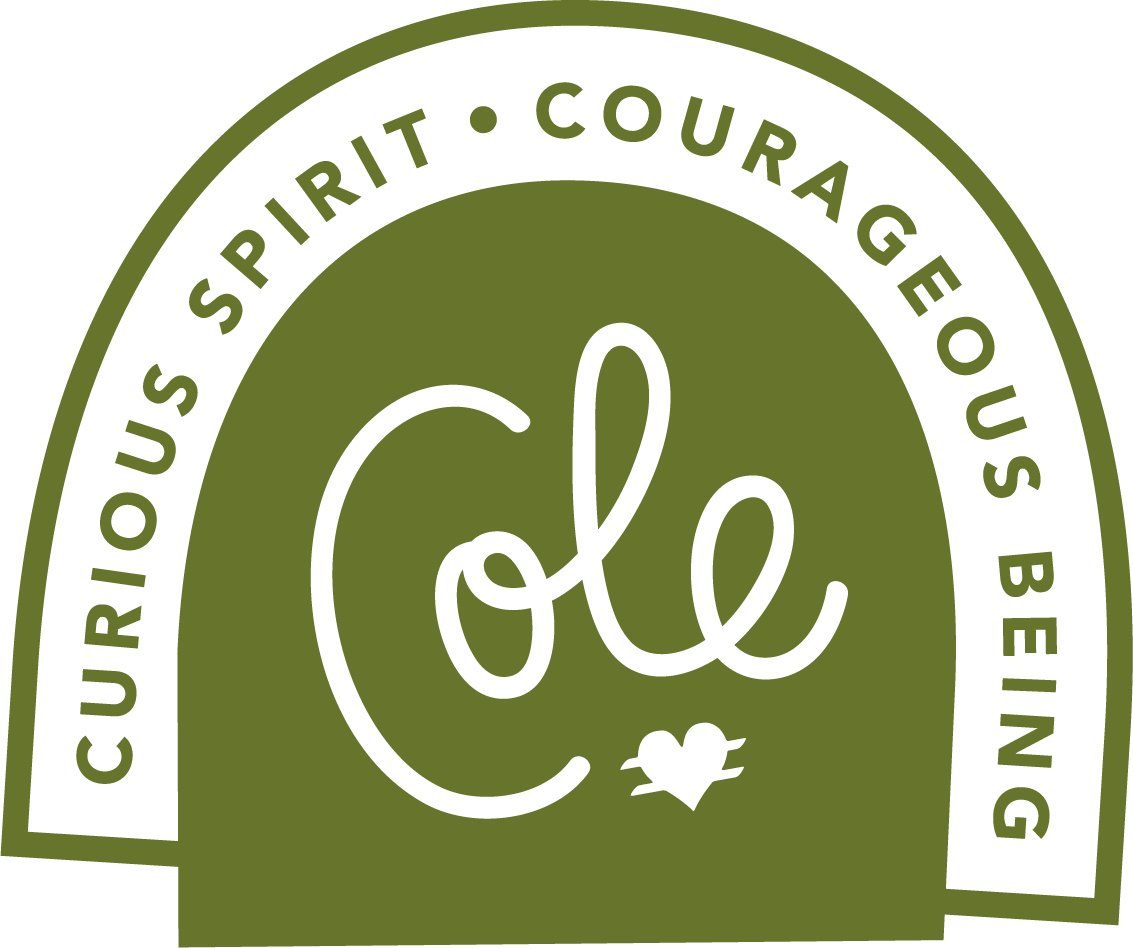Book Review: Dark Archives by Megan Rosenbloom
“I’m holding human leather in my bare hands,” I thought to myself. “Don’t freak out. Don’t freak out.”
Funny how accustomed to it I would one day become.
—Dark Archives, p 37
Funny how accustomed I became to reading about anthropodermic books!—books bound in human skin. Dark Archives, by Megan Rosenbloom, is scheduled for publication on October 20, 2020, and I’m happy to share with you why I think you’d want to add this book to your literal bookshelves. It is quite a read and I’m happy to share my recommendation with you.
IT’S ACTUALLY ABOUT MORE THAN ‘JUST’ BOOKS
Something that struck me as I read through this book was how often I found myself thinking about broader issues. You see, the origin of any anthropodermic book often carries with it complex stories of its origination. These books are interwoven with political, cultural, social and ethical issues.
If you work with death, dying, grief and loss like I do, you might find that in reading this book, you begin to consider the context of your work from a different angle. What I mean here is that I anticipated reading a book about something specific from an expert—anthropodermic books. And that happened for sure. But what really happened is that I learned a great deal about broader issues, context and even found myself pondering how my own work might resonate years and years after I’ve died.
For anyone engaged in deathwork (whether by profession or interest), I found this book to be a worthwhile resource for the profession as a whole. Deathworkers need to be educated on the history of and the cultural and political context behind choices that led to the creation of an anthropodermic book. I found myself thinking deeply about present-day issues that appear in relationship to deathwork because of this book. And that was not what I expected to happen when I started reading it!
IT’S SUPER SPECIFIC, AND INTERESTING
I very much love human beings who are deeply knowledgeable and experienced with very specific things. Megan Rosenbloom is one such person. And this book is an embodiment of what happens when you combine a passionate human with an obscure practice!
Megan was able to address the complexities of a subject like this artfully while acknowledging other schools of thought. Here’s a short passage which I think does a good job of summarizing her approach throughout the book, with regard to a book called Des destinees de l’ame, a book bound in human skin that Paul Needham, a rare book librarian, felt should be deconstructed. He wanted the skin removed and buried, separated from the book itself:
To me, this line of thinking rings as anathema to a central tenet of what we librarians believe: we are stewards of the books in our care, especially when those books contain unpopular ideas, and we must do all we can to preserve and protect them.
Though I have great professional admiration for Needham as a binding and rare book expert, I could not agree with what he asserted should be the destiny of Des destinées de l’ame. (Dark Archives, P. 28)
She goes on to say:
Artifacts of abominable acts have research value. (Dark Archives, P. 28)
To jump back to my earlier point about this book causing you to think about modern-day issues, I think this is also an argument for why it’s important that deathworkers study death-related traumas and tragedies of the past. As Megan says, artifacts of abominable acts have research value. They might be uncomfortable, upsetting or even grotesque—but they have value.
A STEW AND NOT A BROTH
I think a good way to gauge a book’s value to you is to look back at how many highlights you’ve put there. I’ve got DOZENS!
I did not read this book in one sitting. Over a few months, I read a chapter or two here and there and found myself rereading a few sections. It’s a dense book, more like a stew than a broth. Which makes it worth buying the actual physical book itself. Being able to pick up a book like this with a cup of tea and a cozy blanket in hand makes a whole lot of sense.
Special thanks to Megan and her team for sending me a pre-publication copy of the book earlier this year. I’m happy to share my highest recommendation with you all. This book was a very specific, weirdly wonderful, surprising delight!
You can preorder the book here:
From Amazon: https://www.amazon.com/Dark-Archives-Librarians-Investigation-Science/dp/0374134707/
Or IndieBound: https://www.indiebound.org/book/9780374134709
and you can also request it through your local library
A Note for Nerds:
The bibliography is amazing, and there is a list of confirmed Human Skin Books in the back from the Anthropodermic Book Project, too.

